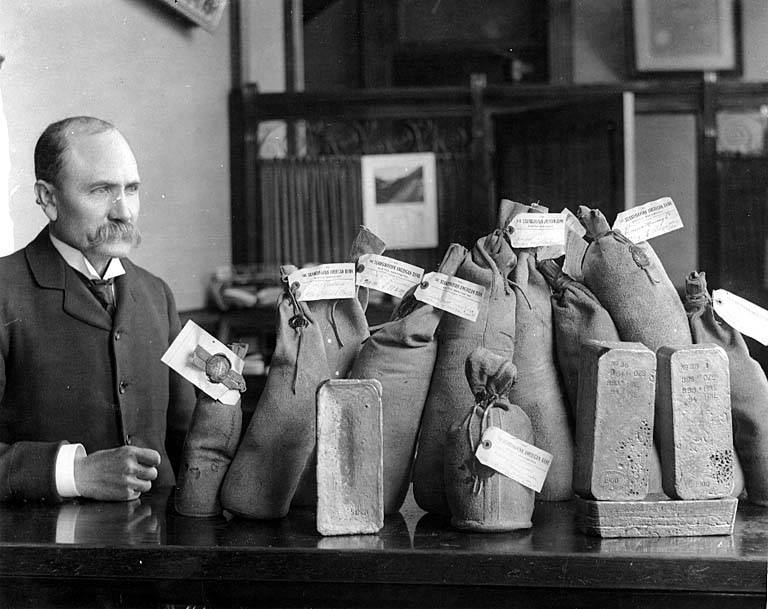Warning:
This will be an ongoing (or until I get bored), haphazard, full of holes and riddled with tangents, documentation of my journey becoming a deep learning practitioner.
Practical Deep Learning for Coders is a MOOC by fast.ai that believes 1 yr of coding experience and a very different way of teaching can put you on the path of a deep learning expert.
fast.ai is dedicated to making the power of deep learning accessible to all
[…]one of the biggest differences that you’ll see as a result is that we teach “top down” rather than “bottom up”
Lesson 0: The Setup

Why fast.ai? I first heard of fast.ai through a colleague also interested in data science. But I started the course because of their teaching philosophy and what it means to provide a good education. It’s quite an intriguing approach and I do love being an earlier adapter of anything tech, so why not?
For reference: I’m a software engineer, with a data analyst nano-degree from Udacity.
Lessons start, sort of. The first lesson is about getting your environment up and running. This includes creating an AWS instance, running a couple of bash scripts, testing Jupyter notebooks and following along a video.
All straight forward with only a few “gotchas”. Next up, Lesson 1: Recognizing Cats and Dogs.
Lesson 1: Dogs vs Cats

It’s the class which is kind of like the opening of a novel. […] when you have to introduce all of the characters and their backstories — Jeremy
From the intro of The Fred Hollows Foundation to classifying skin lesions, from installing tmux to discussing ImageNet and the VGG model, all of the characters have been laid out.
1 hour and 38 mins later lesson 1 video ends but so much more material to read and a bit of homework to do. The MOOC is the online version of the weekly class, so lets see if 7 days from now my homework is done.
…it’s Kaggle time!
Vgg16 model is “7 lines of code” and that’s all you need. And it is, kind of.
Don’t think too much about the code. I did. And got lost. Lesson 1 is top-down as I assume everything will be and I spent way too much time reading and thinking about every function call I made.
Ctrl+C,V the 7 lines, understand it from a high level and move on. You just trained (a pre-trained) model and validated the results. Congrats!
Now to generate predictions, some data manipulation and submit my entry to Kaggle. I kept my sanity only because I skipped to the lesson 2 wiki and notebook, and realized things will become much clearer if you don’t try too hard in lesson 1 aka try to figure out/understand every detail.
Lesson 1 does feel like you jumped into the deep end of the pool, but to put things into perspective, I had a Kaggle account for almost a year now and today was my first ever competition submission.
STOP!
BTW, unless you have piles of gold hanging around remember this one thing: aws-stop or else

That’s it for now. I’m very interested to see what happens next. I’ve used CNNs to submit a Kaggle entry and now I get to learn how a CNN actually works. Next up, Lesson 2: Convolutional Neural Networks.